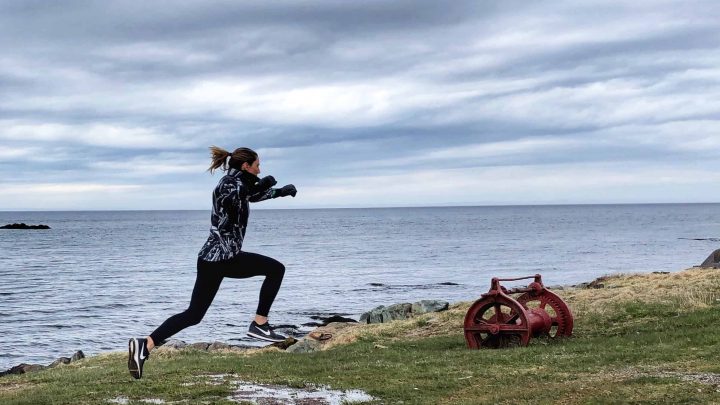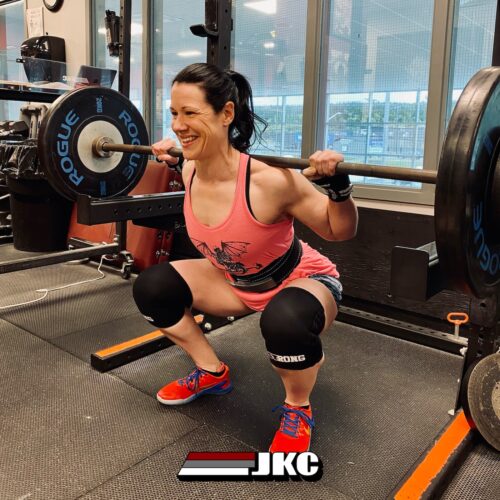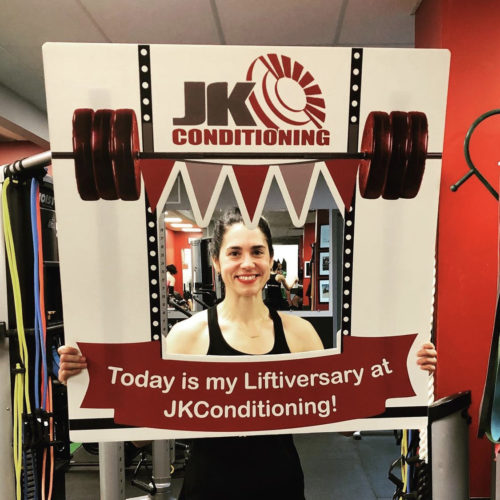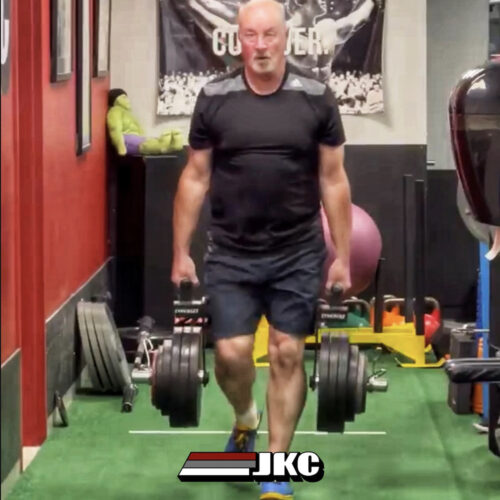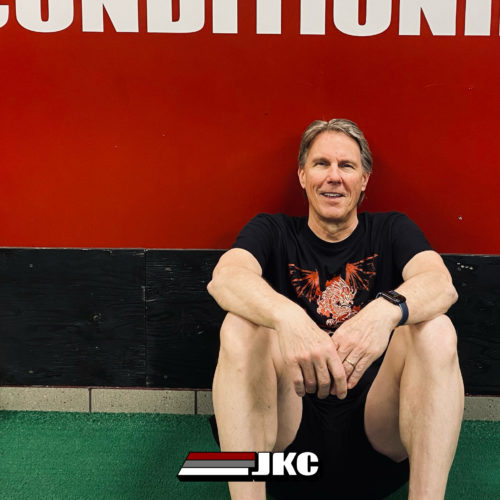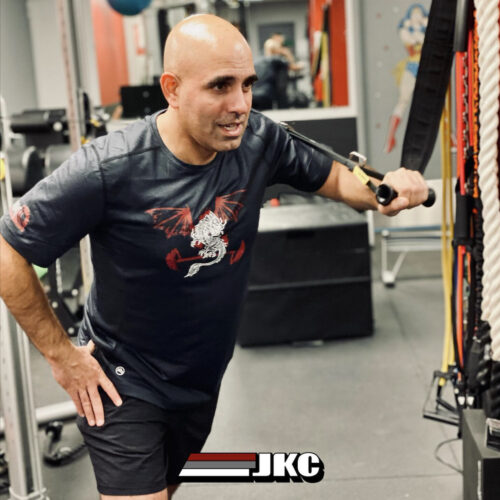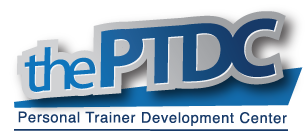By Julia Howard MPH, RHN, Run Coach
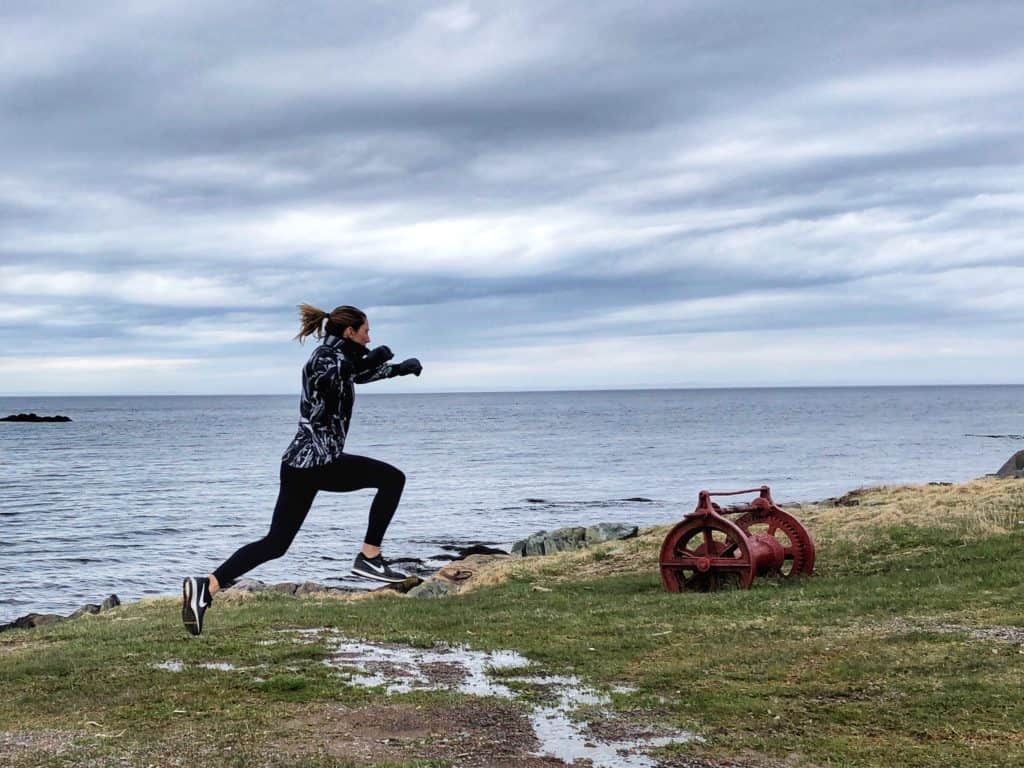
With the closure of gyms and rec centres, many of us are looking for new ways to get outside and get active. Running seems like one of the easiest activities to pick up during this period of physical distancing. And, with the snow finally melting off of the trails here in Newfoundland, being outdoors is particularly inviting.
There are two ways to start running depending on your previous running experience.
Easy Running
If you’ve been doing other sports that involve running within recent months and/or you are relatively aerobically fit from doing other activities, you could start off with easy running. Try running 15 to 20 minutes straight every other day for the first month and add an extra 5 minutes to each session each week over the next month or so as you feel your fitness increasing. You know that you’ve hit the right easy pace if you can still carry on a conversation with someone during the run (the talk test).
As your endurance increases, you can gradually build up to doing 30 to 40 minutes every day. Also, as your body adapts to the pounding on your muscles, ligaments/tendons, bones, and joints, you can add in a few fun change-of-pace surges at the end of your runs, such as 10 to 15 seconds at faster speeds. Doing pickups like these allow you to work on your running form and efficiency. Think about your running posture, stay tall in your torso, and don’t forget to use your arms. Eventually, after a few months of consistent training, you can try adding in other components of training like long runs (e.g., 60 minutes or longer), hill workouts, and tempo runs.
Run/Walking

On the other hand, if you’re completely new to running or you have had a longstanding injury, you can start off with run/walking. Run/walking is a great way to reduce your risk of injury as a new runner as it allows your body’s connective tissues time to adapt to the stresses of running and reduces the pressure of having to run the whole time.
You could start off with 1 minute of easy running and 1 minute of walking, alternating for 30 minutes, a few times per week. Then gradually increase the time spent running and decrease the time spent walking each week until you can run your total desired distance, such as a 5k or 30 to 40 minutes. After that, you can focus on increasing your speed during each run and add in more runs during the week.
Give Your Body’s Tissues Time to Adapt
Building up your aerobic capacity is important to help you run for longer distances but you also need to give your body’s tissues time to adjust to the new stimulus of running. Although you may already be quite fit, such as being an avid weightlifter, cyclist or swimmer, allowing your body time to adapt to running-specific stresses will help prevent injury and excessive soreness. Choosing softer running surfaces like trails and grass fields instead of hard roads may be helpful initially. Ensuring that you have cushioned, comfortable running shoes will also help your body adjust.
Consistency is key with running so, the more often you do it (while also giving your body enough time to adapt and rest), the easier it will start to feel.
What to Eat Before Running
Running puts stress on your digestive system so you will want to avoid eating anything greasy (e.g., fried foods), highly acidic (e.g., sugar-sweetened beverages), or high in fibre (e.g., leafy green salad) at least a couple of hours before heading out for a run. A snack such as a slice of toast with peanut butter, a banana, and some water an hour or two before the run may be all the fuel you need to have a good run.
Additional Considerations for Running During the Covid-19 Pandemic
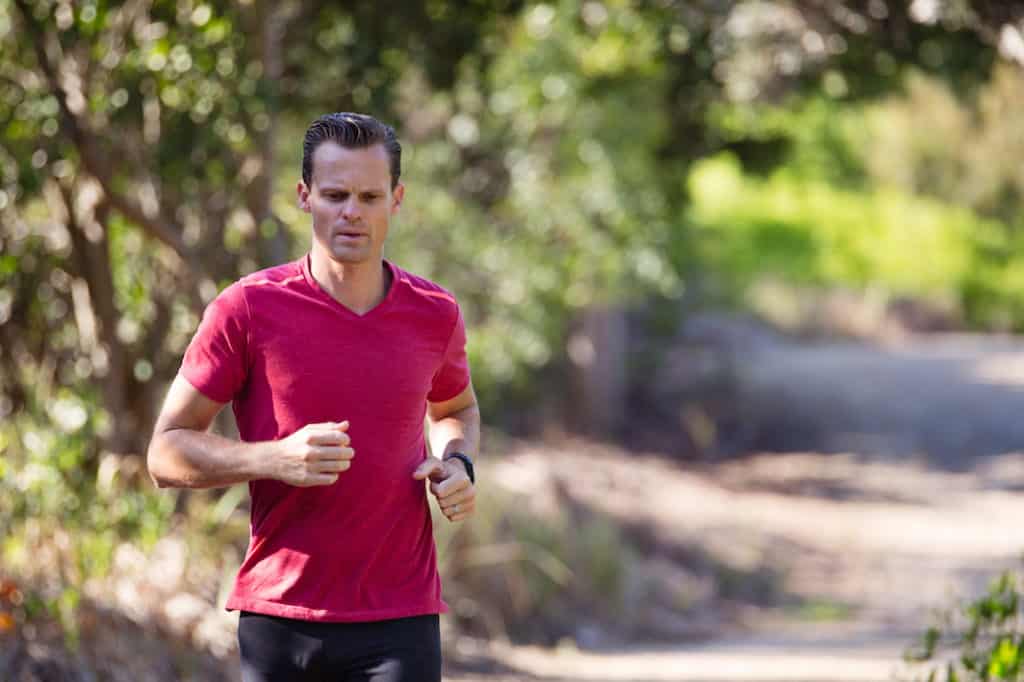
If you decide to run with another person during this time, in addition to running at least 2 metres apart from them, you should also consider where you are positioned to avoid being located within the person’s “slipstream”. The slipstream is an area directly behind a person in which a cloud of their respiratory droplets are dispersed, potentially increasingly your risk of exposure to infectious microbes.
A recent study by slipstream researcher, Bert Blocken of KU Leuven, found that you may be able to avoid the slipstream by running either side-by-side or staggered from another runner, not directly behind. If you are running behind someone and you are in their slipstream, the researcher advises keeping a distance of at least 10 metres. (iRun.ca, 2020).
One final note: you should be aware that many of the trails around ponds and lakes in the city of St. John’s have signs posted specifying which direction to go. You should try to adhere to these directions and, if you need to pass someone, provide them with a polite, friendly verbal warning and enough space (at least two metres) while you do so.
Some suggestions for what to say when passing people on the trail or sidewalk include “Hi, I’m on your left” (and pass on the left) or simply “Excuse me” (and let the person choose which where they move as you pass). It’s helpful to be cognisant that levels of anxiety are higher than usual for many of us right now and a friendly, considerate passerby is greatly appreciated at this time.
Choosing your Run Route Ahead of Time
One of the most exciting parts of running is choosing your run route ahead of time. It’s like planning for an adventure. Here are some links to the amazing trail systems we have in the City of St. John’s and surrounding areas.
Grand Concourse – an integrated walkway network in Newfoundland which has been considered “one of the finest walkway systems in Canada”. Over 125 kilometres of walkways and linkages.
Newfoundland T’Railway – the former Newfoundland railway bed has been developed into over 800 kilometres of trail linking urban, rural and wilderness areas following the railway shutdown in 1988.
Don’t forget to consult your primary care practitioner before beginning any new exercise program. This article is for educational purposes only.
May you enjoy the trails safely during this time. Thanks for reading,
Julia

